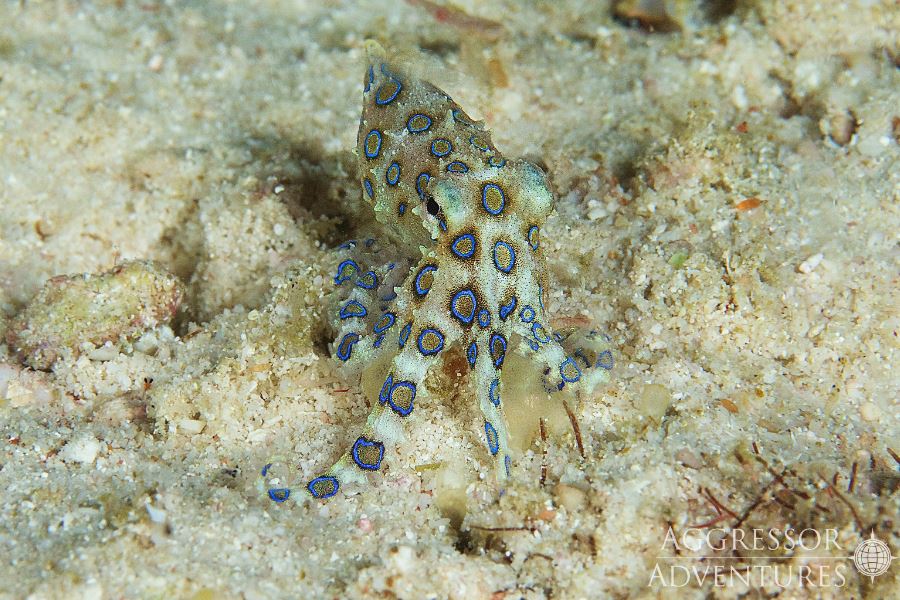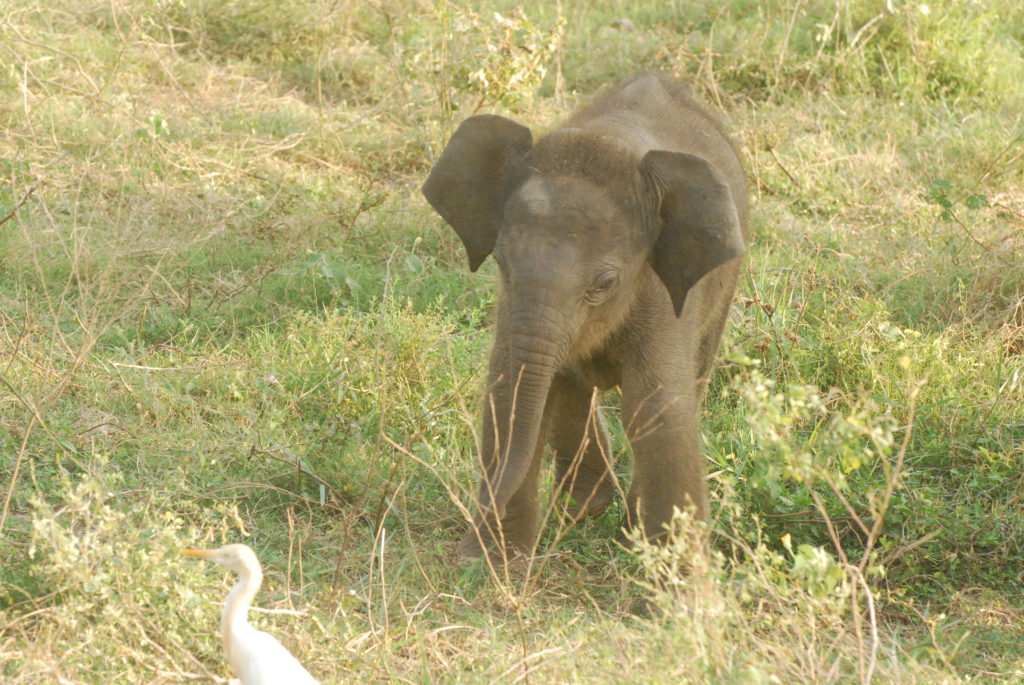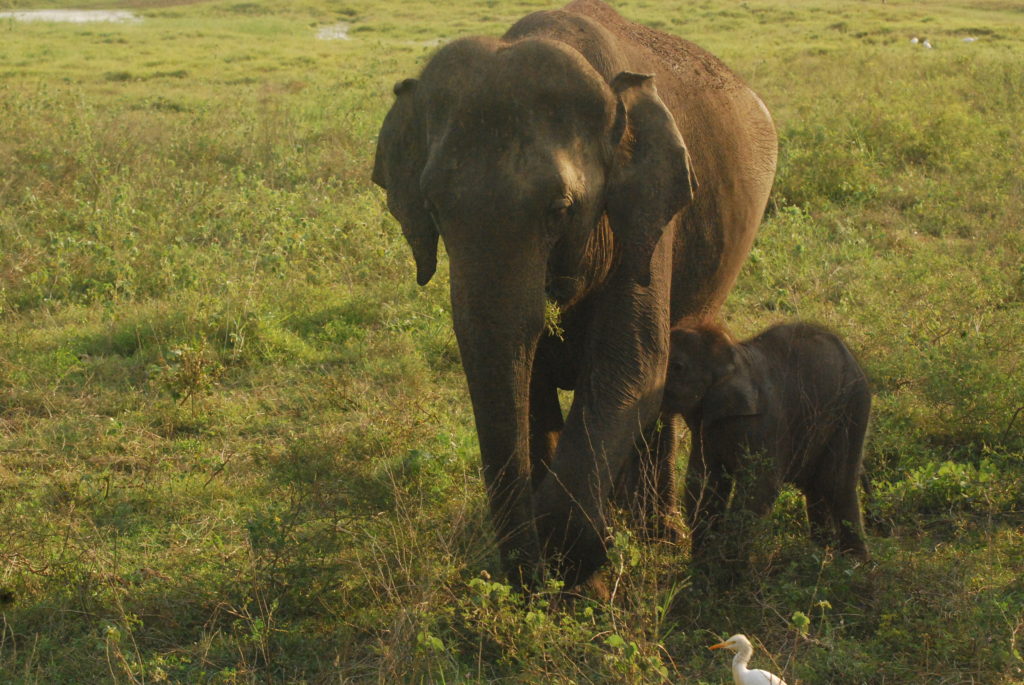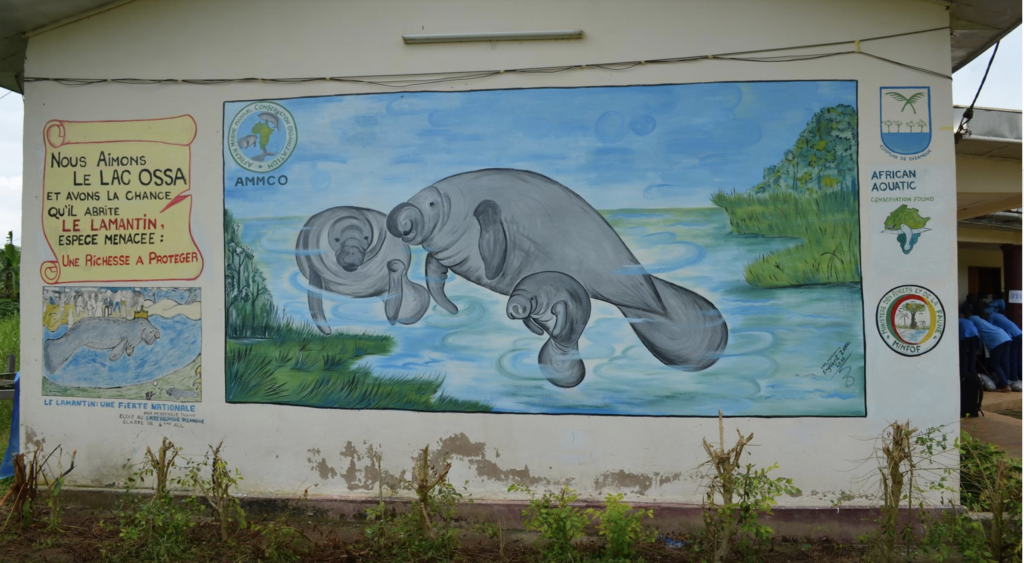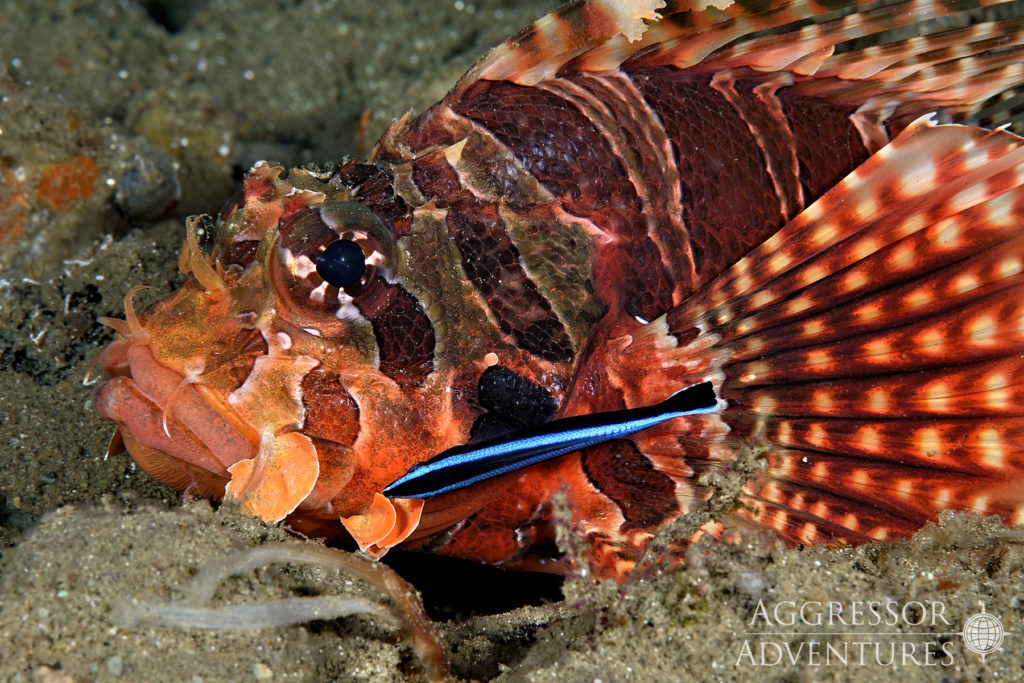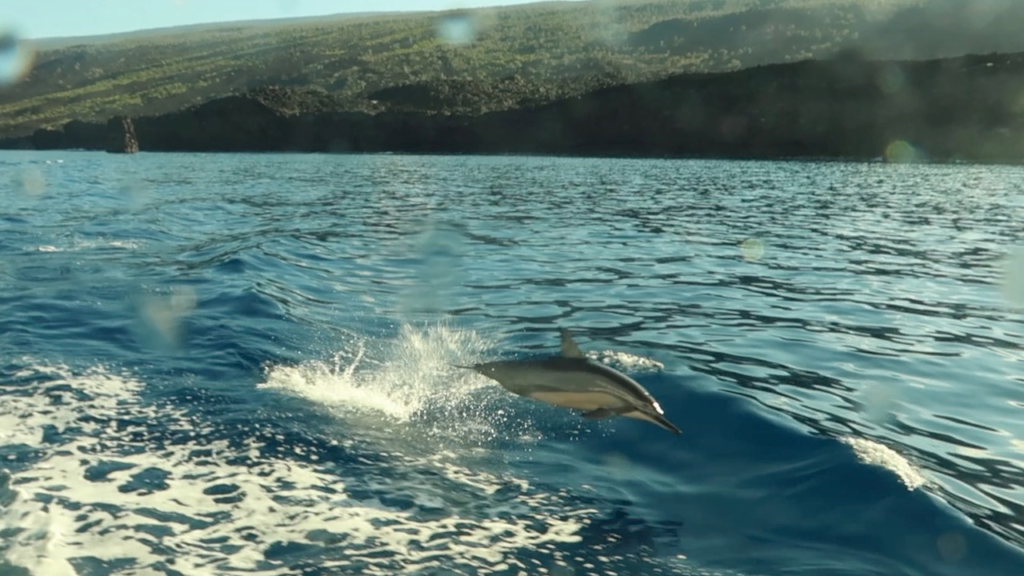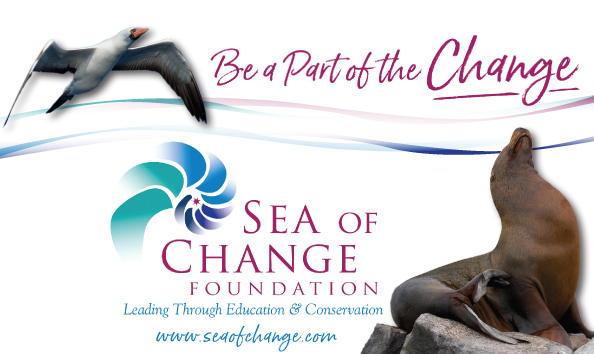
In an on-going effort to support conservation and education, leaders of the adventure travel community will, again, unite in support of the Sea of Change Foundation at this year’s DEMA (Dive Equipment Manufacturers’ Association) show in Orlando, Florida.
he Sea of Change Foundation, along with generous sponsors Aggressor Adventures, SSI, Platinum Pro Foundation, and Mares – is hosting the third annual Coral Reefs Forever Gala beginning at 6:30 p.m., November 14, 2019 in the Orange County Convention Center, room W311E-H.
This “ocean casual” gala event will include complimentary beer and wine, delicious food, a live DJ, dancing, and both a silent and called auction. Outstanding achievements in scuba diving will be recognized via the Platinum Pro Awards along with the Sea of Change Foundation’s annual Lifetime Explorer Award. This year’s recipient is freelance photographer and active proponent of marine conservation issues, Michele Westmorland. “We invite our friends and colleagues from the dive community to join us for what promises to be a great evening in support of an important cause – protecting our natural world!” says Samantha Whitcraft, the Foundation’s Director of Conservation and Outreach.
All funds raised will go directly to support the Sea of Change Foundation’s 2020 conservation projects and scholarships. “With the Sea of Change Foundation, 100% of donations go directly to conservation initiatives around the world to help ensure future generations can also experience the wonders of the natural world,” says founder Wayne Brown, CEO of Aggressor Adventures and Chairman of the Board of Directors of the Foundation.
About the Sea of Change Foundation: The Sea of Change Foundation funds conservation and research initiatives that directly impact the natural world we all love to enjoy and explore. Our mission is to create positive change. Learn more about and support the Sea of Change Foundation, here: www.seaofchange.com.




